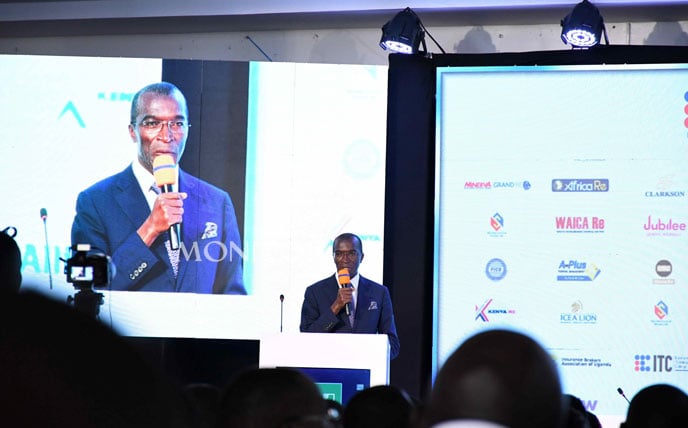On microinsurance for the underserved population

The insurance sector has remained resilient posting growth amid a challenging economic environment. Photo | Edgar R Batte
What you need to know:
- For Africa, average insurance penetration rate stands at 2.8 percent while in Uganda, insurance penetration has stagnated at about 0.8 percent since 2013.
The history of modern insurance can be traced back to the 17 Century. However, four centuries later, global insurance penetration rate remains dismal at about 7 per cent. Insurance penetration rate in the main markets such as the United States, Japan, Europe and China stood at 11.7 percent, 8.4 percent, 5 percent and 3.9 percent respectively as of 2021.
For Africa, average insurance penetration rate stands at 2.8 percent while in Uganda, insurance penetration has stagnated at about 0.8 percent since 2013.
The statistics are worse for microinsurance - a targeted product to mitigate risks and reduce vulnerability of low-income households, particularly in the informal economy. Microinsurance penetration rate is at 0.01 percent in Latin America and Caribbean as well as in Asia and Oceania. In Africa, microinsurance penetration rate is at 0.03 percent while in Uganda, it is at 0.0003 percent. This scenario shows that delivering microinsurance for the underserved population segment remains challenging.
Despite ongoing efforts by Uganda’s insurance industry to widen access to insurance services, substantial barriers remain. A fundamental issue is the mismatch between existing products and the needs of potential consumers.
The current products on the market are designed for high to middle income earners with regular disposable income seeking to protect themselves from risks through the risk transfer mechanism. These products require payment of regular premiums proportionate to the likelihood and cost of the insured risk. If the insured risk materialises, compensation is done, if not, the insurance premium is lost.
On the other hand, the low-income earners have irregular incomes, with no disposable income after meeting the basic needs of life. The concept of paying insurance premiums, and potentially losing that money if no claims arise - competes with other urgent priorities such as food, education and healthcare. The above are some of the findings from the FSD Uganda Micro-Insurance Challenge Fund commissioned in 2018 to test the efficacy of microinsurance, and savings approaches in managing risks among marginalised market segments.
The above findings are consistent with the Insurance Regulatory Authority 2022 study report on the uninsured market. Among the reasons for being uninsured, existence of other pressing needs ranked highest, followed by negative perception about insurance and then limited knowledge about insurance.
The negative perception could be attributable to ignorance about how insurance works, failure by some insurance companies to pay claims as they are presented, as well as misinformation about insurance. The uninsured also indicated that informal insurance was more attractive to them because it is easy to join and does not require one to have huge savings but rather small and consistent monthly contributions.
To address the unique challenges faced by low-income communities, innovative micro insurance models are essential. Here are two promising approaches: Aggregator model: This model perceives microinsurance as a loyalty benefit, or auto-enrolment benefit. For example, instead of asking for premium payments from its clients, a mobile network operator could choose to pay the full microinsurance premium for its subscribers in a bid to increase usage of their core products and reduce customer churn. Similarly, agro-dealers might include insurance coverage with fertilizer purchases while banks could offer insurance as an incentive for increased saving deposits.
This approach not only enhances customer loyalty but also creates a more sustainable relationship between service providers and clients.
Community-based model: This model involves pooling risk among community members, reflecting the origin of insurance. In Uganda, family and the community are strong support systems in managing people’s risks. Many Ugandans hedge themselves against risk through informal means, such as membership to community health schemes, burial societies and community-based savings groups, which offer financial assistance to members in times of need.
Most of the informally insured adults are savings group members, which gives them access to their group’s emergency/social fund. Understanding the strengths and limitations of these community-based systems is vital for unlocking the microinsurance potential in Uganda Microinsurance for the underserved population segment will remain challenging if the insurance industry does not innovate.
This is because the traditional risk transfer model does not make sense for the low-income individuals. For inclusive insurance, insurers must comprehend the special characteristics of the low-income population, risk exposures and their risk management strategies.
Mr Geoffrey Okidi, Agriculture and MSME Finance Lead at Financial Sector Deepening Uganda.
[email protected]




